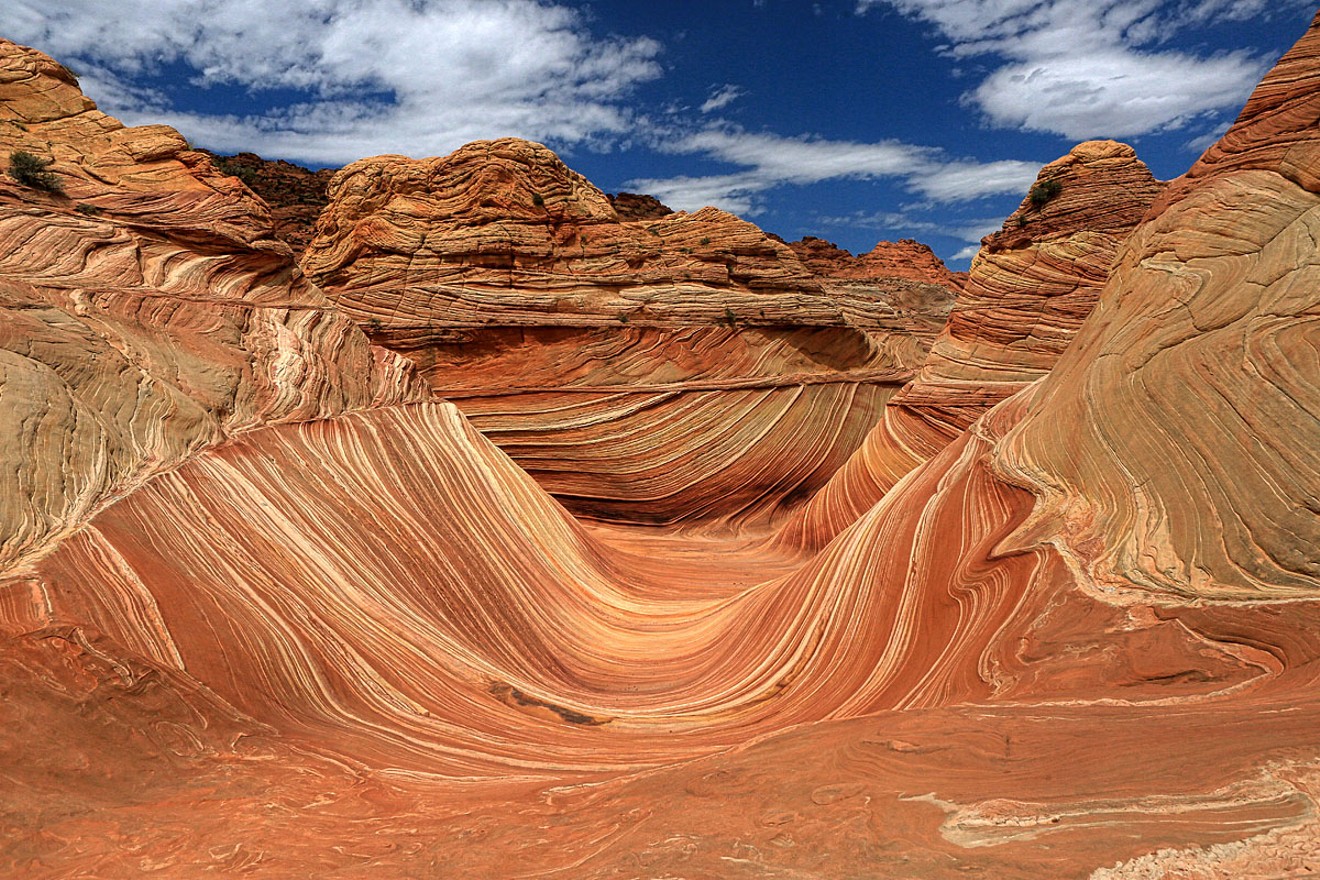But Sandy Bahr can.
The director for the Grand Canyon chapter of the Sierra Club knows the ins and outs of most national monuments in the state. And she wants to save the four under scrutiny after Trump’s April executive order calling for a national monument review, during which Interior Secretary Ryan Zinke has been evaluating more than two dozen monuments designated over the last two decades in the West.
“We’re blessed with a lot of public
Under the executive order, Zinke could rescind or scale down some of these monuments, including the Grand Canyon-Parashant, Ironwood Forest, Sonoran Desert, and Vermilion Cliffs in Arizona. Former President Bill Clinton designated these monuments under the 1906 Antiquities Act, which began as a way to protect Native American land and allows presidents to protect landmarks and federal lands by deeming them national monuments.
The deadline for public comment on the monuments being reviewed ended Monday, and this week Interior Secretary Ryan Zinke formally asked Trump to save two monuments, one in Idaho and one in Washington. Zinke had already sent a report recommending Bears Ears National Monument just across the border in Utah be scaled back, according to an Interior Department press release.
Arizona Republicans Andy Biggs, Trent Franks, and Andy Gosar were among 14 members of Congress who signed a June 30 letter asking Zinke for a total rescission of the Grand Canyon-Parashant, Ironwood Forest, Sonoran Desert and Vermilion Cliffs national monuments.
Some Republicans say protections at these monuments could hinder business and that former presidents overstepped their bounds by creating them. But some conservationists like Bahr say rescinding monuments could leave public lands open to over-grazing, less protection of wildlife, and uranium mining.
"The congressmen seem to be working for a narrow set of short-term interests and not interests of Arizonans," Bahr said. "We're very lucky to have these public lands, but they don’t just belong to us. They belong to all Americans and future generations of Americans."
And if Trump can conduct a monument review, so can we. Here’s what you need to know about the four monuments Zinke could eliminate or reduce. We can't promise you'll know as much as Bahr when by the end, but here's a start.

The Wave can be found in the Paria Canyon-Vermillion Cliffs Wilderness Area near Lake Powell, south of the Utah border.
tobkatrina/shutterstock.com
This geologic gem features a wide gamut of cliffs, canyons, and plateaus, and is known for its growing number of the endangered Californian Condor, according to the Bureau of Land Management.
Since its 2000 designation under Clinton, the letter from Congress says the 280,000 acres have caused unnecessary administrative burdens in relation to managing wildlife.
Grand Canyon-Parashant
The letter from Congress called the monument “a glaring example of overreach that used the Antiquities Act as a scapegoat,” but the 1.01 million acres of land, which surrounds and includes the Grand Canyon, is rich with historical Southern Paiute culture, according to National Park Services. It’s an isolated spot that experienced adventurers explore for hiking, camping, and colorful vistas of the canyon.
Sonoran Desert
While some local target shooters were disappointed when the Bureau of Land Management banned shooting on a portion of the monument two years ago, the
Hikers and horseback riders frequent trails on the 486,400 acres of public land designated in 2001 by Clinton, according to the Bureau of Land Management.
But according to Congress’ letter, because of the monument’s proximity to the border, it hinders border patrol agents’ effectiveness. The letter says this is because agents have to get permission from Department of Interior and Department of Agriculture services before conducting basic checks.
Ironwood Forest
Taking its namesake from one of the longest living trees in the Arizona desert, this area, located within the Sonoran Desert near Tucson, is known for its rugged mountain ranges and ironwood, mesquite, and palo verde trees. Bahr says the area is essential for wildlife and is a critical landscape for the growth of the endangered Nickel Turk’s cactus.
Three areas within the desert are located on the National Register of Historic Places, but the area has experienced problems with smuggling and crime near the border.
Some see the area as a problem because much of the land belongs to the Arizona State School Land Trust, according to Congress’s letter, which “prevents multiple-use on State Trust lands and has subsequently caused harm to the common schools beneficiary, K-12 education."











